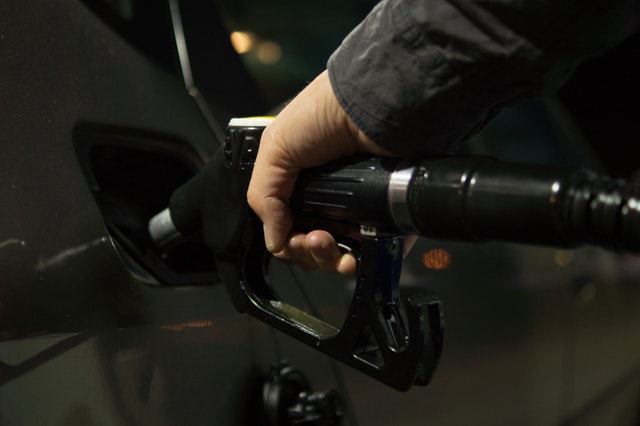Petrol Prices mean Car Allowance ‘Undercooked’

The ATO has got its sums wrong with its increase in vehicle deductions by just 3¢ per kilometre.
The rise in the work-related car expense deduction to 75¢ a kilometre from July fails to reflect the reality, said accounting bodies, and will leave millions of taxpayers short-changed.
The ATO announced the rise, up from 72¢, last week but its calculations are already being challenged.
“It’s not reflective of the bowser price,” said Tony Greco of the IPA. “Fuel has almost gone up 50 per cent since December. It’s got to be more than 3¢ just based on simple mathematics.
“It certainly looks undercooked.”
The senior manager of tax policy at CPA Australia, Elinor Kasapidis, said the change could mean people switching to the more demanding logbook method of claiming just to cover their costs.
“Petrol prices are going through the roof and experts say they might reach $2.50 or even higher, but this rate is set for the next year, from 1 July 2022 to 30 June 2023,” she said.
“Depending how fuel efficient your vehicle is, all of a sudden 75¢ per kilometre may not actually get you out in front. You might be better [off] using the logbook method.”
She said the cents-per-kilometre method was easier for the taxpayer and the ATO, but as more people returned to work following COVID, more people would need to keep all their car receipts.
The cents-per-kilometre method is overwhelmingly preferred by taxpayers almost 10 to one, according to the most recent ATO data for 2018-19.
In that year, 326,225 claims were made using logbooks for a total of almost $2.9 million.
But the kilometre method was used by 3.1 million taxpayers claiming more than $5 million.
The cents-per-kilometre number was hugely important, Mr Greco said, because it was a widely used benchmark.
“Employers use it to reimburse staff. More importantly, it’s used by individuals to claim up to 5,000 kilometres per annum,” Mr Greco said.
“People love the simplicity of this and often deny themselves a larger deduction because they don’t want to get caught up in all the compliance requirements for the other method.”
The logbook method involves maintaining records on all the vehicle costs, from acquisition to depreciation.
He said the IPA would be making a submission contesting the rate and queried what data the ATO had used to arrive at the number.
The increase is detailed in the ATO’s Draft Income Tax Assessment – Cents per Kilometre Deduction Rate for Car Expenses Determination 2022 (LI 2022/D8).
Source: AccountantsDaily
